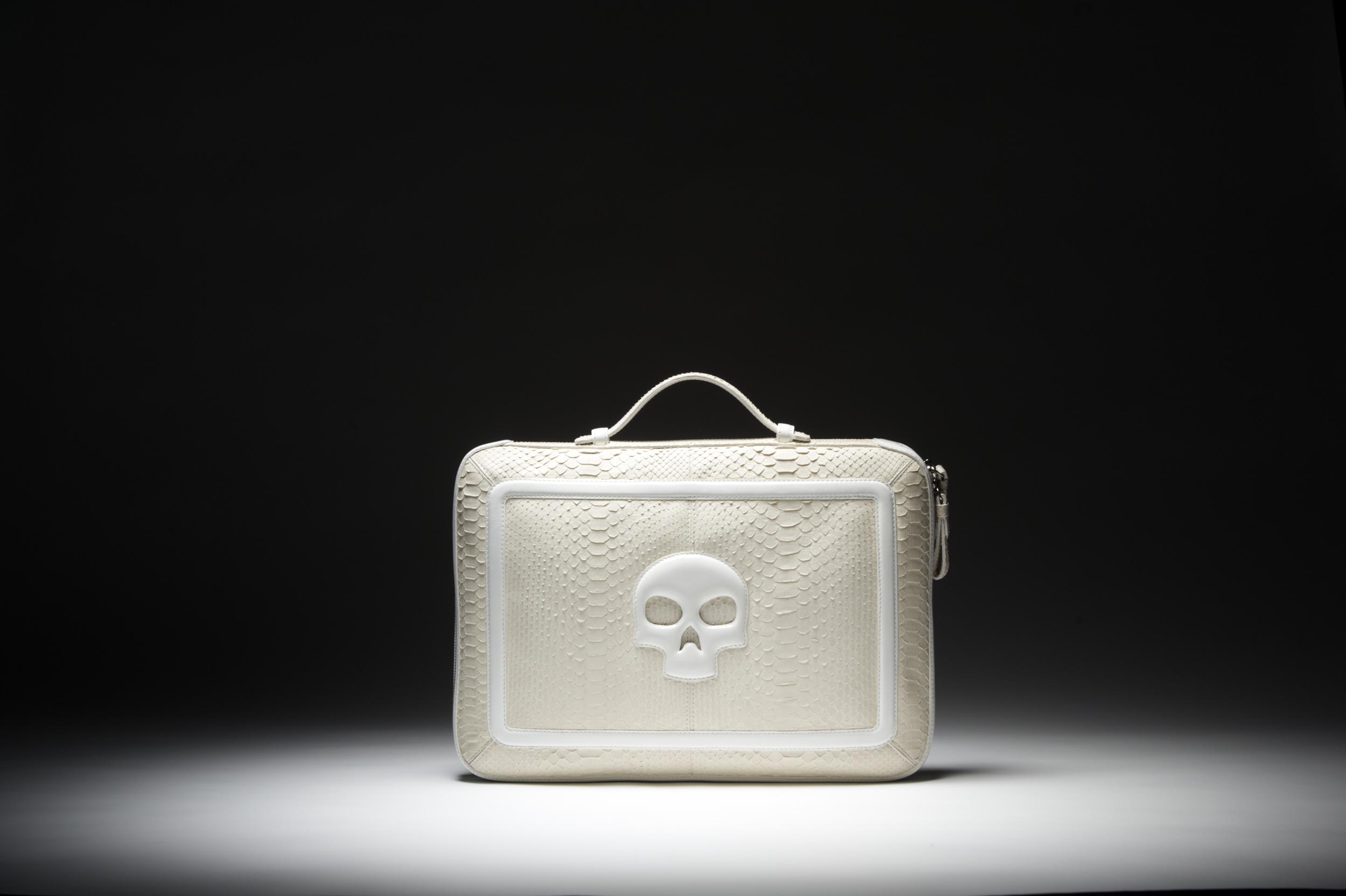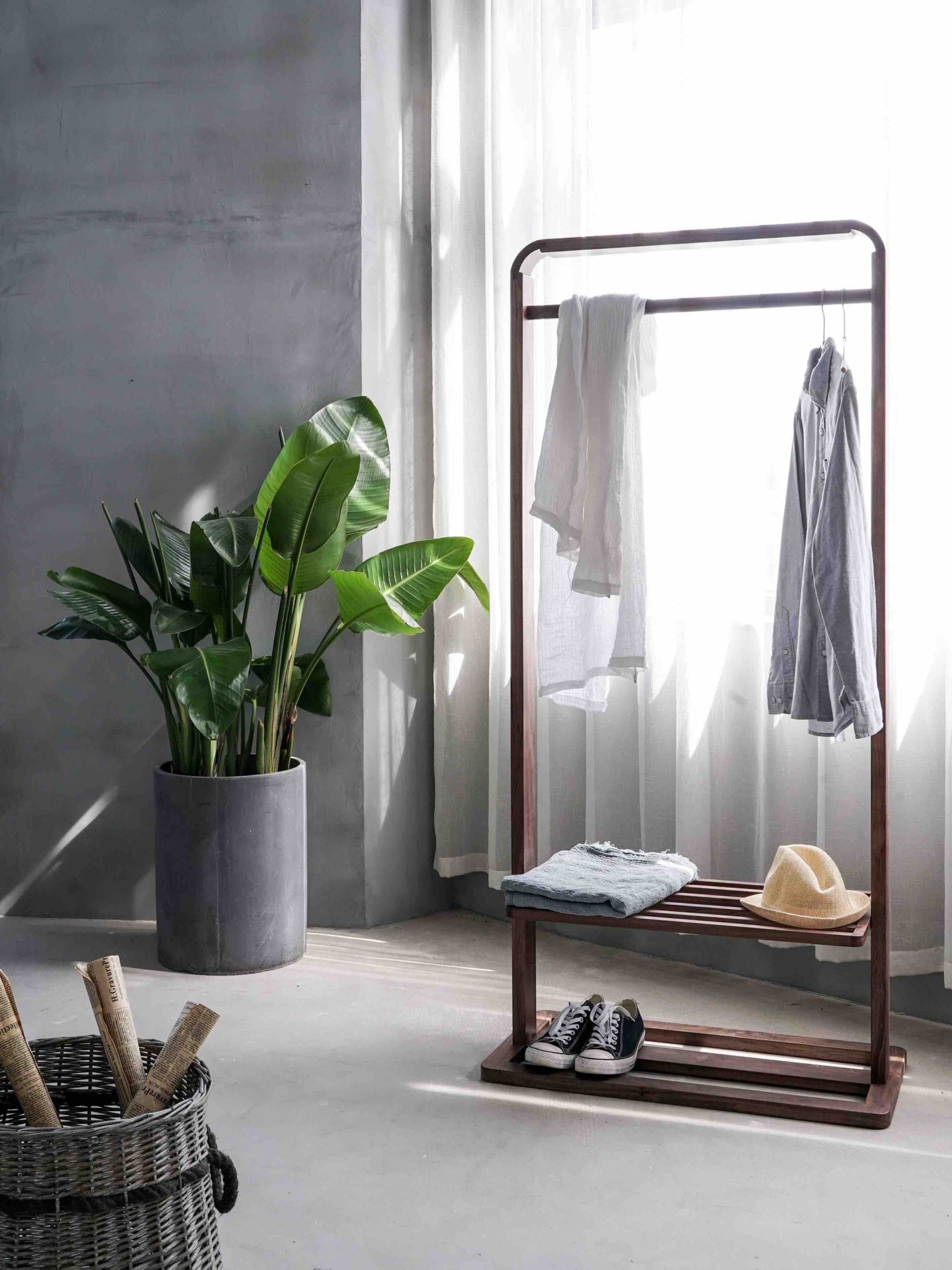In Defense of Materialism

By Erin McIntosh
Staff Writer
15/1/2021

Picture Credit: Francesca Romana Correale
Materialism often gets painted in a purely negative light, linked only to rampant consumerism or Marxist ideology espousing the evils of capitalism. We’re told that the incessant desire for more, more, and more is killing us, our values, and our planet. Saving the world isn’t always a motivator for change, though, particularly in a culture where emphasis is placed on immediate gratification above all. On the one hand, we have anti-consumerism pundits preaching asceticism, advising us to give up our wealth and material goods to pursue what they claim is a more meaningful, selfless way of life. On the other, we have those who want it all, and shape their lives around getting it: the giant televisions, the designer handbags, the newest iPhones, laptops, and gadgets. Could there be another solution? A middle ground between monkish anti-materialism and insatiable consumerism? What if wanting things — even liking them — isn’t the real problem, or even something we ought to change about ourselves? What if it’s actually the key to leading more satisfied and fulfilling lives?
“It may be said that the whole aim and intent of the social system of to-day is to facilitate the acquisition of material wealth,” wrote George Frederic Parsons in his 1887 essay “The Growth of Materialism.” Echoing him, Thomas Merton, Trappist monk and priest, said, “We live in a society whose whole policy is to excite every nerve in the human body and keep it at the highest pitch of artificial tension, to strain every human desire to the limit and to create as many new desires and synthetic passions as possible, in order to cater to them with the products of our factories and printing presses and movie studios and all the rest.” In a capitalistic society, it seems inevitable that the central focus of our business — and, from there, our lives — would be a hyper-focus on material goods: sell, buy, repeat.

On top of that, we get mixed messages about what we’re supposed to want. Many spiritual teachings decry not only materialism, but desire itself, believing the focus on the physical world is at odds with higher values. Whether urging people to eschew physical riches, to view physical desires as bad, egoic, or something to overcome, the message is that we should have less, want less, and be content with as little as possible. Materialism is equated with “acquisition and consumption,” and the blanket belief is that it harms more than helps us. Oddly enough, many of these material detractors tend to skip over the fact that we, in human bodies, belong to the material world ourselves, and not only need physical things like food, shelter, blankets, and clothing, but actually thrive when all of our physical needs are covered, and then some.
On the flip side, Western spiritual philosophies advocate the “Law of Attraction,” a philosophy that focuses on using one’s thoughts to draw in what you want, also known as “manifestation.” Manifestation is often viewed as the spiritual version of a get-rich-quick scheme, wherein acolytes focus on “wish lists” and devote themselves to getting exactly what they want, the way they want it. Whether it be a specific job, thousands in their bank account, or the perfect boyfriend, the point is to get, and manifestation experts promise a sure-fire way to have the life of your dreams. It’s become its own kind of consumerism, masquerading as enlightenment.
But only valuing what can’t be seen — whether love, happiness, or spirituality — and neglecting the physical and material does a disservice to both. A big part of where consumerism gets it wrong is that in an endless game of getting, we actually lose our connection to the material. If we truly valued our possessions as meaningful, we wouldn’t feel the need to always have the newest of everything (phones, televisions, cars, clothes, etc) and we might instead have more awareness of what actually brings us joy.
If we truly valued our possessions as meaningful, we wouldn’t feel the need to always have the newest of everything.
“We never feel like we have enough or are enough,” wrote Lauren Greenfield, documentary filmmaker of Generation Wealth, an examination of wealth-obsessed culture the world over. “Insecurities make for avid consumers, because we want to buy what can fix us and make us more like the people we want to emulate. What we used to understand to be luxuries now seem to be necessities.”
The missing link could lie in addressing why we’re buying something. Am I heading to Amazon to shop because I need something, or is it because I’m anxious, sad, or want to feel better about myself in some way? Am I buying an object because it’s something I need or love, or because I’m attempting to fill a void based on something deeper, like a feeling of purposelessness or an inability to cope with chaotic circumstances? Credit card debt has become the norm, and shopping addiction, known clinically as “compulsive buying disorder,” was officially categorized as a condition in the early 1900s, although extravagant overspending certainly wasn’t invented in the 20th century – recall the excesses of Marie Antoinette or the ancient Romans. Excessive accumulation can distract or dull the senses, too. As Australian environmentalist Paul Gilding wrote, “Karl Marx argued that religion was the opiate of the masses, but religion has largely faded in its effect in this regard. Perhaps the new opiate of the masses is material consumption, delivered to us all without regard for ideology.”

Charles S. Carver and Eryn Baird explored this in their research report “The American Dream Revisited: Is It What You Want or Why You Want It That Matters?” In it, they theorized that the reason why someone aspires to financial success or community involvement, for example, is more important than the aspiration itself. Someone might have the exact same motives (“because people will be more attracted to me” or “because it would be satisfying”) for both goals, depending on the person. It’s the motive that counts, and motives that have to do with self-actualization, rather than external concerns or fears, tend to be more fulfilling and satisfying. The goal itself won’t provide the satisfaction, but the meaning or reasoning behind it can.
In that vein, it’s not always the things themselves, but how we feel about them that determines whether a purchase is serving our long-term wellbeing. Identifying our values, divorced from the need for external validation, can aid in any decision-making process. If we value beauty and comfort, spending extra money on a cashmere sweater might provide long-term satisfaction in a way that buying a cheaper sweater might not. If we value adventure and experiences, spending less on clothes but more on travel might be the most fulfilling route. If we’re buying emotionally instead of from our values, that satisfaction is likely to wear off a lot more quickly.
It’s not always the things themselves, but how we feel about them that determines whether a purchase is serving our long-term wellbeing.
One antidote is offered in the rising minimalist movement, which espouses the principle of owning only what you need: no more, no less. That can sound stringent, but many minimalists argue that it’s less about not having stuff or getting rid of everything, and more about practicing mindfulness around what you do have. “Minimalism isn’t just the removal of all physical possessions. It is also the intentional promotion of the things I value most,” wrote Joshua Becker, author of The More of Less and The Minimalist Home. “It is about deciding what is most important in your life and removing the things that distract you from it.” Barry Fralick, another minimalist, wrote, “Once you get down to things that really matter, you begin to gain clarity. When this happens you get a much better vision of what you want out of life.”
Organizing consultant Marie Kondo, who shot to fame a couple of years ago with her eponymous Netflix show, promotes a similar minimizing method of her own through her trademark tidying approach. She instructs people to take all the items out of a designated area of their home (bedroom closet, kitchen drawers), and pick up each object individually, asking yourself as you do whether the item “sparks joy.” If the answer is yes, you keep it. If no, you discard it. Her reasoning is simple. “When you repeatedly ask yourself, ‘Does this spark joy?’ you begin to see what is meaningful to you,” Kondo says. “If that becomes a natural behavior, you apply it to everything — your home, your work and career, your relationships, even what you eat. It becomes a rhythm, and then you can see to the bottom of your heart what you want to do with your life.”

Scene from Tidying Up with Marie Kondo
In a society that constantly promotes dissatisfaction in conjunction with advertising that promises a quick fix, our first instinct, when it comes to purchasing, might not be quality over quantity. The concept of spending more money on a pair of shoes with the foresight that you’ll treasure and utilize them for many years is foreign to many. Minimalism attempts to change that. One commenter on a minimalism blog described a pair of handmade Italian shoes he purchased, with the mentality that “You have few, but valuable things, and you take good care of them.” While the shoes “cost a fortune,” the buyer used them for 16 years. “If we think of handmade shoes, we think this is an outrage[ous] luxury,” he wrote. “It is not. Those shoes ended up costing me far less per year than the cheap shoes that last one or two seasons. They gave work to a local craftsman, and they had a lower impact on the environment.”
What if we treated our possessions as the valuables they are? Honoring the physical could — and even ought to be — treated as a core tenant of spirituality. Catholicism does this through the sacraments, wherein bread and wine are believed to be transubstantiations of Christ’s body. Philosophical education company The School of Life defines transubstantiations as “material objects which simultaneously have a spiritual identity.” It argues that, through form and craftsmanship, anything from a nice watch to a well-made chair can contain qualities beyond the merely practical, like simplicity, harmony, straightforwardness, and elegance. Similarly, in Buddhism, there’s a practice called “mindfulness,” wherein attention is focused on cultivating presence, awareness, and appreciation for everything that’s right in front of you. Jack Kornfield, writing extensively on the subject, explained that mindfulness “really allows us to become present for our own body, for what’s in front of us (the ‘little things’), for the life we’ve been given. Out of that grows quite naturally the spirit of gratitude.” And, out of that, according to Buddhist practice, comes “the end of suffering.”

The practice of mindfulness — a kind of ongoing, never-ending meditation through each moment of life — can feel boring and painstaking at first, like watching the performance artist Marina Abramović demonstrate how to drink a glass of water, but with time, it can be transformational. Tea-making is frequently cited as a way to practice this kind of presence, wherein the maker utilizes all of their senses to first feel the tea leaves, then smell them, place them in a sieve, then boil the water and feel the steam rise up, and so on. Everything becomes a ritual, and from this discipline, gratitude, and fulfillment arises. The mind quiets, and nothing outside of the moment matters, because the only thing that exists is what is actually happening and existing in the present, physical reality. When we’re fully present with our physical reality, appreciation for and connection with the people and things in it deepens. Or, as the poet Allen Ginsberg said, “You own twice as much rug if you’re twice as aware of the rug.”
If we paid this kind of attention to the things in our lives, who knows what might shift. With renewed respect for material objects, we might treat material things with the care they deserve. Including, even, ourselves. If we spent time getting to know objects the way we get to know people, we might treat them like precious gifts instead of something to discard and replace with newer, shinier models. There are things — physical, inanimate things — that I will value my whole life. Things like journals I’ve filled, the t-shirt I wore to my first concert that tasted like freedom, or even a well-made item that simply raises the quality of my life, like a great mattress or the laptop I use daily. Some might call this sentimentality, and true, too much attachment to objects doesn’t do us any good, either (see: hoarders). A balance can be struck, though. And when it is, and we’re no longer careless with what we own, or hurrying to replace or keep up with the Joneses, it creates space in our lives for something new to emerge.

In The Importance of Living, philosopher Lin Yutang argued that “materialism has been misunderstood, grievously misunderstood.” He exhorted that “mental pleasures are only real when they are felt through the body,” and went on to explain that true connection to the physical world not only makes for healthier and happier humans, but also kinder and clearer interaction with the world. “No man who loves the trees truly can be cruel to animals or to his fellowmen.” The more time we spend paying attention to and engaging mindfully with what we already have, the deeper we appreciate it. The more we appreciate, the more loving we are, and the less quickly we become frustrated, angry, or jealous.
Stoic philosophy teaches that to have a good and meaningful life, you need to overcome your insatiability. The key to overcoming our insatiability isn’t eschewing materialism, it’s placing more, not less, importance on what we buy, own, and enjoy.
